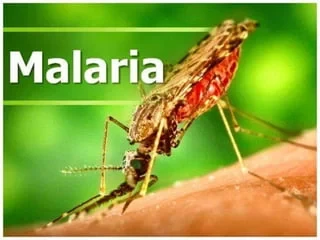
MATABELELAND South has recorded a sharp decline in malaria cases during the first quarter compared to the same period last year on the back of measures put in place to tame the disease.
According to statistics released by the Health and Child Care ministry, the province has recorded 85 cases since January, a decline from 280 during the comparable period last year.
“Most of our cases are usually from Beitbridge and it usually accounts for up to 90% of the cases. Matabeleland South province is a low malaria burden province that is in a malaria elimination programme with an incidence of less than one case per 1 000 population,” Matabeleland South provincial epidemiology and disease control officer Andrew Muza told Southern Eye last week.
Muza said the ministry carried out several initiatives in the province including case management, case investigation and use of insecticide treated nets.
“Indoor residual spraying is only being done in response to outbreaks in the province,” Muza said.
Matabeleland South recorded 30 000 cases of malaria between 2017 and 2019.
In 2021, Matabeleland South recorded 800 malaria cases and four deaths as a result of the mosquito-borne disease.
Muza said malaria incidence was generally low at 1 per 1 000 people a year, adding that Beitbridge and Gwanda were hotspots.
- Hesitancy slows Covid vaccination for children
- Hesitancy slows Covid vaccination for children
- Malaria cases decline in Matabeleland South
- Multisectoral COVID-19 messaging campaign improving prevention and vaccine uptake in Zimbabwe
Keep Reading
He said the government was implementing elimination activities which included offering malaria diagnosis and treatment to all affected patients using recommended medicines.
Muza said they used long-lasting insecticide treated nets such as the main vector control method.
Other anti-malarial activities include biolarviciding as well as indoor residual spraying in outbreak areas as per need.
“We have strengthened surveillance systems as a response pillar to malaria elimination as well. As we are getting into the malaria season which usually begins after the rains, we urge members of the public to co-operate with health officials by participating in malaria community vector control activities.
“Those that have been given nets need to use them for their intended purposes and use them correctly as taught.
“If anyone has symptoms suggestive of malaria like fever and chills, generalised body weakness, vomiting and headache they need to visit their nearest health facility early for prompt diagnosis and treatment.”
Malaria remains a serious public health problem, with more than five million people at risk of contracting the disease annually in Zimbabwe.
It accounts for about 40% of outpatient attendance in the moderate to high transmission districts especially during the peak transmission period.
Zimbabwe had recorded 144 508 positive malaria cases with provinces like Mashonaland Central, Mashonaland East, Manicaland, Matabeleland North and Masvingo contributing 97% of the cases by August last year.
Malaria epidemiology varies across the country ranging from year-round transmission in lowland areas to epidemic-prone highland areas.






